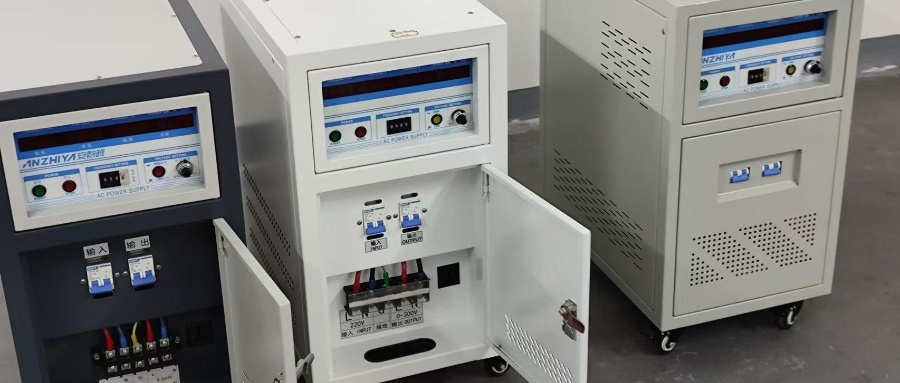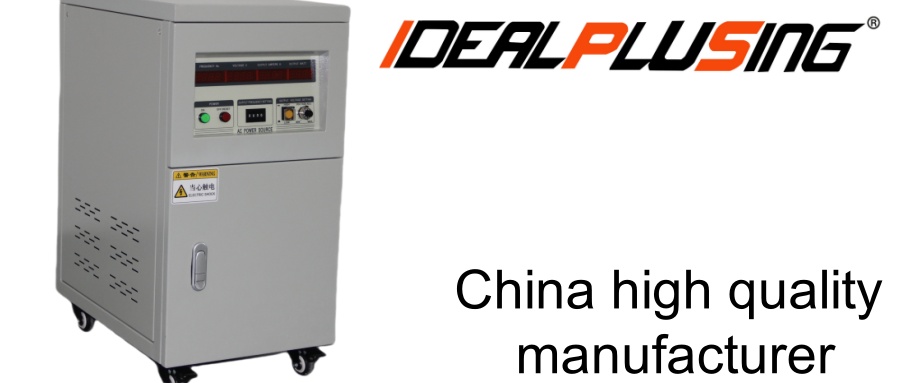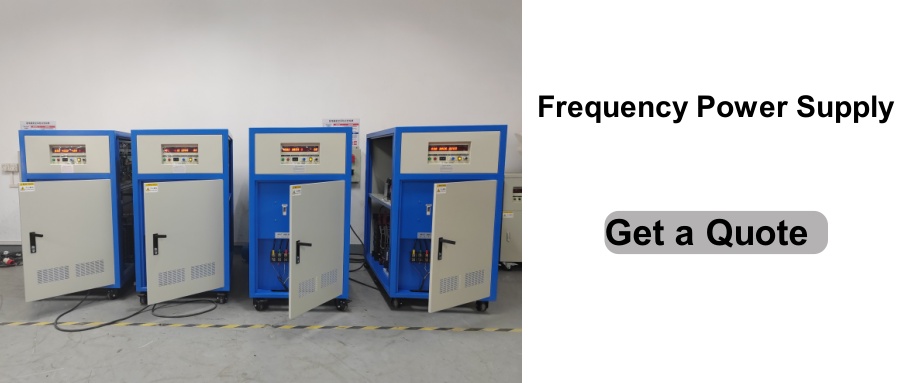The frequency converter is mainly used for frequency conversion technology and microelectronics technology. It can control the power control equipment of the AC motor by changing the working power frequency of the motor.
The frequency converter is mainly composed of rectification (AC to DC), filtering, inversion (DC to AC), braking unit, drive unit, detection unit, microprocessor unit, etc.
The frequency converter adjusts the voltage and frequency of the output power supply by the internal IGBT disconnection, and provides the required power supply voltage according to the actual needs of the motor, thereby achieving the purpose of energy saving and speed regulation. In addition, the frequency converter has many protection functions, such as overcurrent, overvoltage, overload protection, etc. With the continuous improvement of the degree of industrial automation, the frequency converter has also been widely used.
Composition of frequency converter
1. Main circuit
The main circuit is the power conversion part that provides voltage and frequency modulation power supply to the asynchronous motor. The main circuit of the frequency converter can be roughly divided into two categories:
The voltage type is a frequency converter that converts the DC of the voltage source into AC, and the filter of the DC circuit is a capacitor.

The current type is a frequency converter that converts the DC of the current source into AC, and its DC circuit filter is an inductor. It consists of three parts: a "rectifier" that converts the industrial frequency power supply into DC power, a "smoothing circuit" that absorbs the voltage pulsation generated by the converter and inverter, and an inverter that converts DC power into AC power.
2. Rectifier
Diode converters are widely used, which convert the industrial frequency power supply into DC power. Two sets of transistor converters can also be used to form a reversible converter. Since its power direction is reversible, it can be regenerated.
3. Smoothing circuit
The DC voltage rectified by the rectifier contains a pulsating voltage with a frequency of 6 times that of the power supply. In addition, the pulsating current generated by the inverter also causes the DC voltage to fluctuate. In order to suppress voltage fluctuations, inductors and capacitors are used to absorb pulsating voltage (current). When the device capacity is small, if there is a margin in the power supply and main circuit components, the inductor can be omitted and a simple smoothing circuit can be used.

4. Inverter
In contrast to the rectifier, the inverter converts DC power into AC power of the required frequency. By turning on and off the six switching devices at a determined time, a three-phase AC output can be obtained. The switching time and voltage waveform are shown using the voltage-type PWM inverter as an example.
5. Control circuit
The control circuit is a loop that provides control signals to the main circuit that supplies power to the asynchronous motor (voltage and frequency are adjustable). It consists of a frequency and voltage "operation circuit", a main circuit "voltage and current detection circuit", a motor "speed detection circuit", a "drive circuit" that amplifies the control signal of the operation circuit, and an inverter and motor "protection circuit".
Application of frequency converters in the industry
Power industry
my country is the world's second largest power generation country. In the power industry, frequency converter products play an important role throughout the entire power generation process.
Wind power generation, hydropower generation, coal-fired power generation, slag cleaning, and exhaust gas transmission can all use frequency converters.
The frequency converter can effectively control the fan and water pump to change the air and water supply, adapt to system changes, achieve energy saving and safety effects, and ensure the continuous and stable operation of the system.








